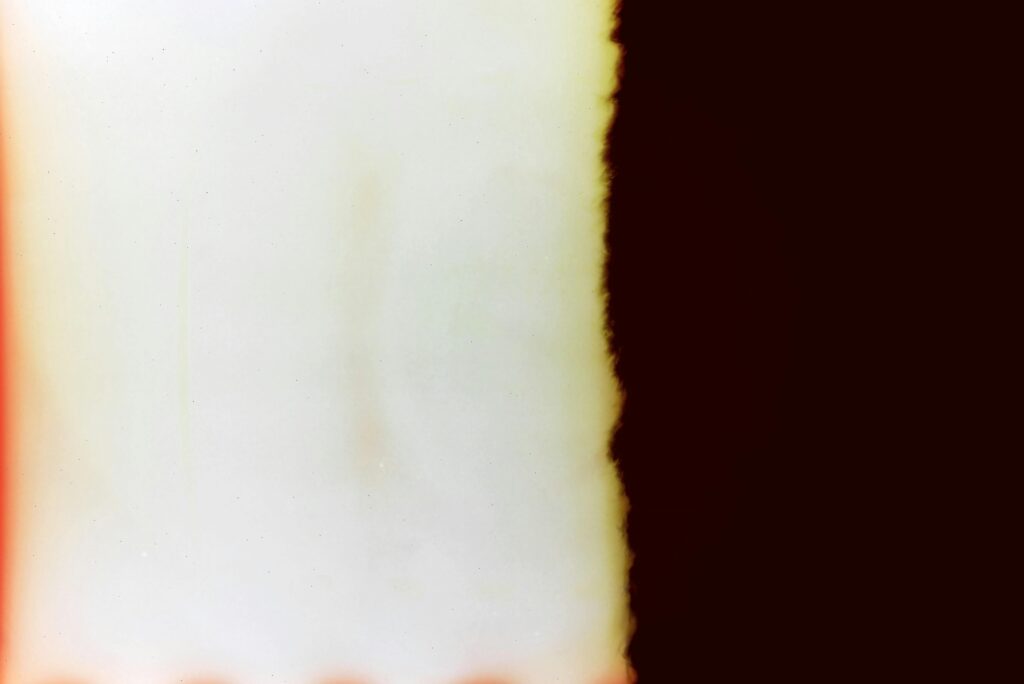Compositing is a fundamental process in filmmaking that involves combining multiple visual elements from separate sources into a single, cohesive image. This technique allows filmmakers to create scenes that would be impossible or impractical to capture in real life, enhancing storytelling by bringing imaginative visions to the screen.
What is Compositing?
At its core, compositing is the art of merging various visual components—such as live-action footage, computer-generated imagery (CGI), matte paintings, and more—to produce a seamless final image. This process can be executed during production using in-camera techniques or in post-production through digital means. The primary goal is to create a believable scene where all elements appear naturally integrated.
Key Compositing Techniques
Green Screen (Chroma Keying)
One of the most widely used compositing methods is green screen, also known as chroma keying. This technique involves filming subjects against a green or blue backdrop, which is later replaced with a different background or environment during post-production. It’s commonly used in news broadcasting and weather reports, as well as in films to place actors in fantastical settings. )
Rotoscoping
Rotoscoping is a frame-by-frame animation technique where artists trace over live-action footage to create realistic animations or to isolate elements within a scene. This method allows for precise control over specific parts of an image, enabling the integration of animated characters with live-action footage or the removal of unwanted elements. )
Matte Painting
Matte painting involves creating detailed paintings or digital images that serve as backgrounds for scenes that are too expensive or impossible to film. These paintings are combined with live-action footage to create expansive landscapes or intricate settings. Historically, matte paintings were done on glass panels; today, they are predominantly created digitally. )
Computer-Generated Imagery (CGI)
CGI refers to the creation of visual content using computer software. In compositing, CGI elements are integrated with live-action footage to create scenes that blend real and virtual components seamlessly. This technique is essential for creating realistic creatures, environments, and special effects that would be challenging to achieve practically. )
Multiple Exposure
Multiple exposure is a technique where two or more exposures are combined to create a single image. In filmmaking, this method can be used to superimpose images, creating ghostly effects or placing the same actor in multiple roles within a single frame. )
Applications of Compositing in Film
Compositing is utilized in various ways to enhance visual storytelling:
- Creating Fantastical Worlds: By combining live-action footage with CGI and matte paintings, filmmakers can construct immersive environments that transport audiences to otherworldly settings.
- Enhancing Practical Effects: Compositing allows for the augmentation of practical effects, such as adding digital fire to a controlled burn or extending a set beyond its physical limitations.
- Seamless Integration of Elements: It enables the blending of various elements, such as integrating actors filmed separately into a single scene or adding digital creatures alongside live actors.
- Cost-Effective Solutions: Compositing provides a means to create complex scenes without the need for expensive sets or locations, reducing production costs while maintaining visual quality.
Notable Examples of Compositing in Film
Several films have showcased the power of compositing:
- Jurassic Park (1993): Utilized compositing to blend CGI dinosaurs with live-action footage, creating realistic interactions between actors and prehistoric creatures. )
- Forrest Gump (1994): Employed compositing techniques to insert the protagonist into historical footage, allowing interactions with past figures. )
- The Matrix (1999): Featured groundbreaking compositing work to achieve the iconic “bullet time” effect and other reality-bending visuals. )
- Avatar (2009): Relied heavily on compositing to create the lush, alien world of Pandora, integrating live-action performances with extensive CGI. )
Common Questions About Compositing
- What software is commonly used for compositing? Popular compositing software includes Adobe After Effects, Nuke, and Blender, each offering a range of tools for integrating visual elements. )
- How does compositing differ from editing? While editing involves arranging and trimming footage to create a coherent narrative, compositing focuses on combining visual elements to create a unified image or scene.
- Is compositing only used in big-budget films? No, compositing is utilized across various productions, from independent films to major blockbusters, to achieve visual effects that enhance storytelling.
- Can compositing be used in photography? Yes, compositing techniques are also applied in photography to merge multiple images into a single, cohesive photograph. )
- What skills are essential for a compositor? A compositor should have a strong understanding of visual effects principles, proficiency in compositing software, attention to detail, and a creative eye for visual storytelling.
Compositing is an indispensable tool in the filmmaker’s arsenal, enabling the creation of compelling visuals that captivate audiences. By mastering various compositing techniques, filmmakers can push the boundaries of storytelling and bring their creative visions to life.


